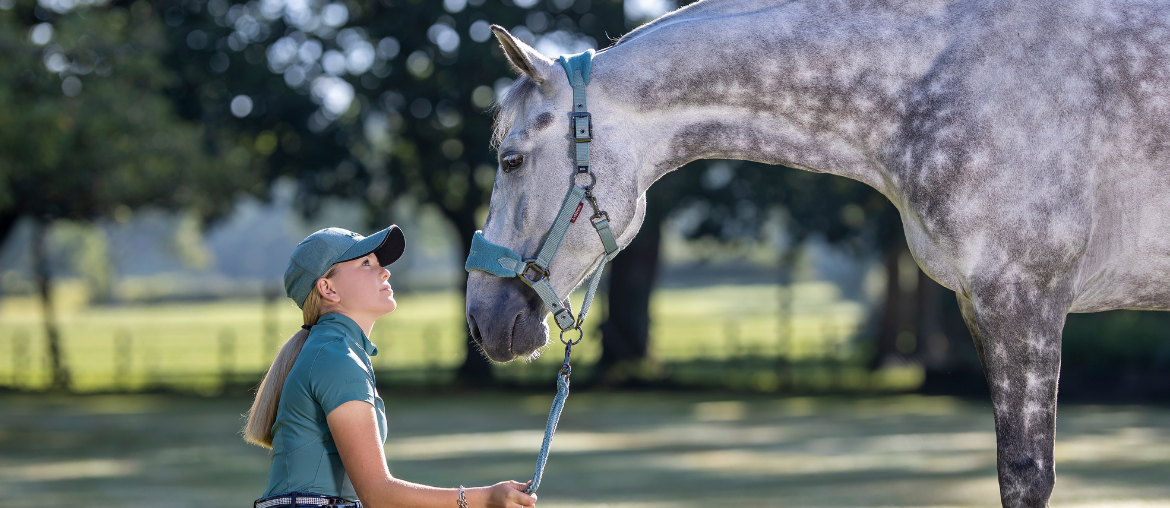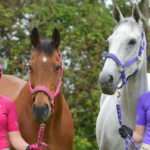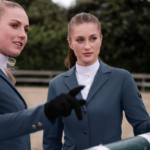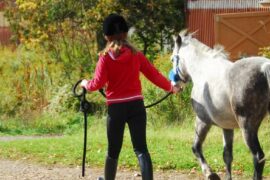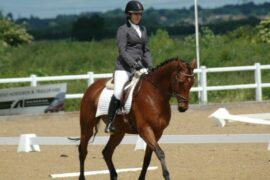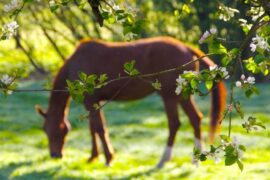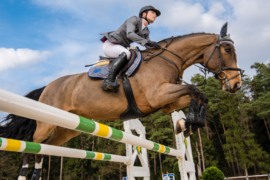Your horse might use a headcollar everyday, but do you know your halter from your foal slip?
Have a look at our handy ‘jargon buster’, designed to help guide you through all the words and phrases we use to describe what is probably the most commonly used equestrian item.
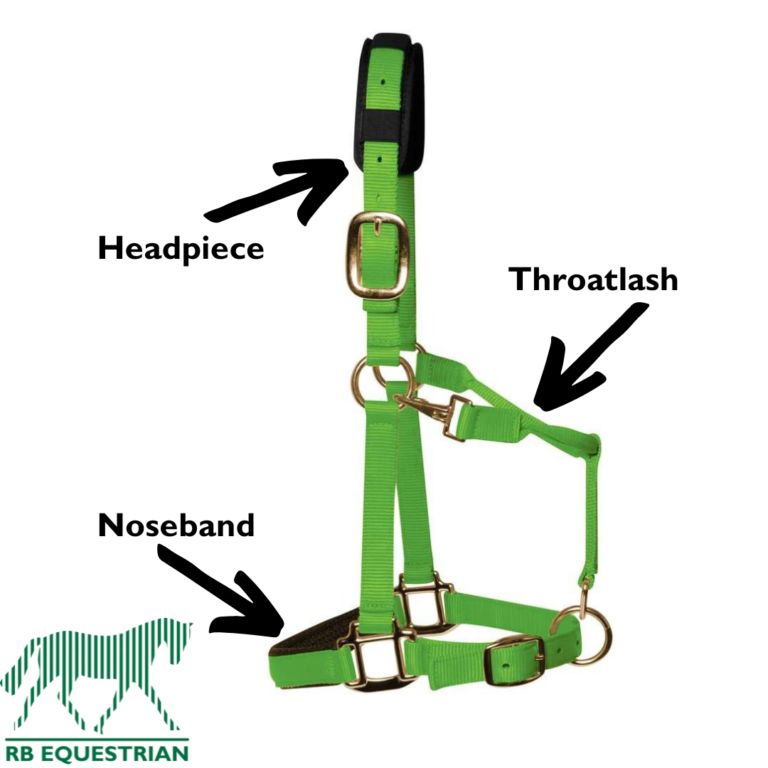
Adjustable – all headcollars have at least one area of adjustment, where the headpiece attaches to the rest of the headcollar, but some also have additional adjustment around the nose and even under the horse’s jaw. The more elements of the headcollar that are adjustable, the easier it will be to find your horse’s perfect fit.
Anatomic/anatomical/contoured – these terms are used to describe the design of the headcollar and usually mean that there is additional shaping across the components to enhance comfort, typically behind the ears. In some cases the ‘cheek pieces’ of the headcollar may also be designed to minimise any pressure on the sensitive nerves that run along the side of the horse’s face .
Clip throatlash – some headcollars have a clip on throatlash that makes the headcollar easier to put on and take off over the horse’s head. This can also be really handy for tacking up and grooming.
Control – for horses that can be strong, some owners opt for a control design. This means that instead of the noseband being static, when pressure is applied via the lead rope, there’s a greater action on the horse’s nose as the design allows movement.
Detachable – headcollars have lots of clips and fastenings, but when you see the term ‘detachable’ it usually means that an element of it comes away completely. This can be really useful for clipping, grooming and tacking up too.
Field safe/Safety – these headcollars are designed to break more easily than a standard headcollar should they come under excess pressure. You might prefer to use a field safe option if you need to leave a headcollar on your horse while they’re turned out.
Halter – the US term for a headcollar. Also can be used to describe rope versions of headcollars that are adjustable and commonly used for natural horsemanship or for white varieties that are designed for showing native youngstock breeds in-hand.
Hardware – the metal elements used on the headcollar- these can be in a variety of colours.
Headpiece – the strap that sits over the top of the horse’s head behind the ears.
Neoprene – headcollars can be padded using a range of materials, but neoprene is one of them as it’ slightly spongy texture can offer cushioning on delicate areas.
Noseband – the strap that goes all the way around the horse’s nose.
Padded – some headcollars benefit from additional padding in key areas of pressure, such as on the headpiece that sits on the horse’s poll, and the noseband. This can help to improve comfort.
Rolled – this is a term used to describe leather than has been stitched back onto itself creating a round profile.
Slip (as in foal slip) – these are headcollars but not quite as you know them! Instead of the usual design, slips tend to have straps that cross diagonally under the horse’s jaw, and have an extra piece of material attached via a ring to make it easier to catch a foal that isn’t as keen on the idea!
Sheepskin – for extra comfort, and particularly useful if you have a horse that gets rubs easily, some headcollars feature sheepskin or faux sheepskin wrapped over the nylon or leather parts of the headcollar.
Throatlash – the strap that sits underneath the horse’s jaw
To see our full collection of headcollars, please come and see us in store or explore our website >>>
Need more help?
Read our blog now on choosing the best headcollar for your horse >>>

